2023 was a busy year for Bucharest based artist-run space Switch Lab, coordinating a double photography-oriented exhibition, managing the launch of a new artist hub (Atelierele Scânteia), opening a new gallery space, curating the young female photographers show “Look at You. Now.” and Marina Caneve’s “Are They Rocks or Clouds?” The exhibition dyptich was curated by Sam Steverlynck under the name “Poetics of Politics”, first at Harlan Levey Projects in Brussels (June 10 – July 15, 2023) and later at Art Encounters ISHO House (September 21 – October 28, 2023) within the framework of Timișoara 2023 – European Capital of Culture. Probably in the hopes of favorable positioning, the show in Brussels had the “Bucharest School of Photography” subtitle in spite of featuring works by just three artists – Michele Bressan, Dani Ghercă, Nicu Ilfoveanu, turning a few heads in the process and raising some comments. Although it lacked one completely, irony has it such a subtitle would have been a better fit for the latter show in Timișoara. It probably offered a more diverse and ample perspective on the photographers formed in Bucharest, seeing how Alexandra Croitoru was also invited as an artist, who in turn invited and collaborated with young female artists recently graduated from the Bucharest photo-video department (where she teaches): Ana Conțu, Ioana Dumitrescu, Sonia Lupşa, Crăița Niga, Cătălina Pintilie, Roberta Roată. Nevertheless, with the exhibitions being distinct rather than simply itinerated, Steverlynck successfully managed to illustrate much of the themes, approaches and aesthetics surrounding what could eventually be deemed a Bucharest School of Photography. While the Harlan Levey Projects exhibition loosely focused on the difficult transition period between communism and a “free” capitalist market, the one held at ISHO House was more concerned with overlapping traces of the past in present contexts, exposing difficulties to be overcome for the future.
In fact, for the Art Encounters exhibition Michele Bressan approached ruins directly, using works from his ongoing “Geometries of Failure”. The two wall-mounted prints were made in the halls of the former AVERSA factory in Bucharest and, using striking pictorial imagery, revealed contrasts between a supposed gloomy past (decaying walls) and a supposed luminous future (bright windows). The situation is quite different in reality of course, seeing how the factory was shortly destroyed after Michele took the images. Near these prints, as if signaling the formal variety in which these artists express themselves, another work from “Geometries of Failure” could be found. Sculpturally placed on the floor, it featured the image of a geometrically damaged iron grill, in an impressive metal slanted box (similar to Lucian Bran’s wood lightboxes from his “From Centuries Ago to Eons to Come”).
In the same room, Nicu ilfoveanu has works from his “Mio Dio” (2023) series, where he photographed animals from museum dioramas and hallways. The images were taken while the building was renovated, with the inert animals covered in plastic veils, usually only small parts of them visible or discernable (revealing what they actually are). Capturing them thusly turns the notion of freezing time on its head, as the illusions usually enforced by both museum and photo camera are deconstructed. I thoroughly enjoyed how one of these images was (visibly) hidden behind a white panel in a corner, forcing the viewer to investigate, giving the sense he’s glancing at something forbidden, backstage. Ilfoveanu’s “Found & Lost” (2011) was likewise present, albeit as digital projection instead of its original publication format. For it, Ilfoveanu studied a flea market for a year, more interested in perusing people with their recurring gestures and trading rituals than the past-infused objects they exchange. He also had a video on display – “DELTA3” (2013), where he captured the Danube Delta using eerie photographic still shots accompanied by metallic sounds and music scores from the Lipovan Choir, imbuing the work with nostalgia.
This form of attachment to the past, nostalgia, lays at the base of another video in the show – Michele Bressan’s “Bucharest-Herculane” (2010). Shot on Super 8 film, it shows fleeting human figures through the windows of a car, blasting Wagner music on its speakers. It functions as a testament to the passage of time and, with the help of its soundtrack, commemorates the old glory days of the “Herculean Baths” vacation resort.
Alexandra Croitoru’s “Ways to Protect Your Mind” (2023), created in collaboration with the six young female artists (mentioned above), aesthetically stood out compared with her colleagues. It dominated the white cube room it was installed in with deceptively simple black and white portraits hanging from the ceiling, forcing the viewer to navigate through textile prints slightly exceeding actual scale. The photographs imitated attributes and body language characteristics of male dominated portrait history, but use everyday household objects as paraphernalia and armor to ludic effect, toying with the language of power. Reaching the end of the room, at least based on exhibition point of entry, one could see a makeshift whip out of tailor measure tapes stuck on the wall referencing her name (“Croitoru” translates to “tailor” in Romanian), rendering visible her position of authority, deconstructing it.
Dani Ghercă is likewise interested in structures of power, although he approaches them by photographing architecture and revealing hierarchies in the urban environment. Between 2021 and 2022 he decided to document the protests in Berlin and Paris. His interest, however, lay more in how masses of people adhering to a particular outfit visually alter a popular square or intersection, flipping the usual power relation between a heavy history-infused environment and the people in it. In the Place d’Italie piece shown at ISHO, protestors used a Black-Bloc tactic of covering as much as they can of themselves in black, to avoid identification by the police. The image likewise does not give any hints if it was taken at the beginning, middle or end of the protest, a possible argument we’re witnesses to history in the making. Elsewhere in the gallery, Dani brought works from his ongoing “A Glimpse of Disconnection” seris. In it, Ghercă takes aerial shots of various cities embodying the Metropolis (technology ridden urban agglomerations having millions of inhabitants), but takes care in underexposing the photograph so locations are unidentifiable. This technique, together with some minor post-processing, leaves scarce details beside the buildings’ hard edges, reflecting elements and rooftops. The resulting images are filled with abstract geometric patterns and, quite strikingly, more akin to circuit boards than urban landscapes, providing a chilling view on contemporary life, where humanity transforms in mere sources of (big) data.
Just like its Brussels counterpart, the Art Encounters exhibition featured finely produced prints in impressive frames, carefully placed in aesthetically pleasing environments, with the added bonus of a couple of atmospheric videos in Timișoara. The two shows uncover much of the range of practices used by Bucharest-formed photographers, Steverlynck aptly identifying their penchant for social themes, critical approach, meta-usage of the medium or openness towards alternative methods of display. However, this was done at the cost of thematic cohesion and, at times, even at the cost of a visual one. I left ISHO House visually satisfied, satiated even, by the professionalism and high production values it implied. But I must admit I did so more confused than I would’ve hoped, having a rough time interpreting these loosely connected works as a whole, being clear how both exhibitions functioned more as showcases – seemingly putting on display the best of what each has to offer.
*This journalistic material was produced with funding from Energie! Creation Grants, awarded by the Municipality of Timișoara, through the Project Centre, within the national cultural program “Timișoara – European Capital of Culture in 2023”.
The material does not necessarily represent the position of the Timișoara City Project Centre and the Centre is not responsible for its content or how it may be used.
POSTED BY
Andrei Mateescu
Andrei Mateescu is an artist working with photography and an alumni of the Bucharest National University of Arts, holding a BFA and MFA after studying in the frame of the Photography and Dynamic Image...
andreimateescu.ro/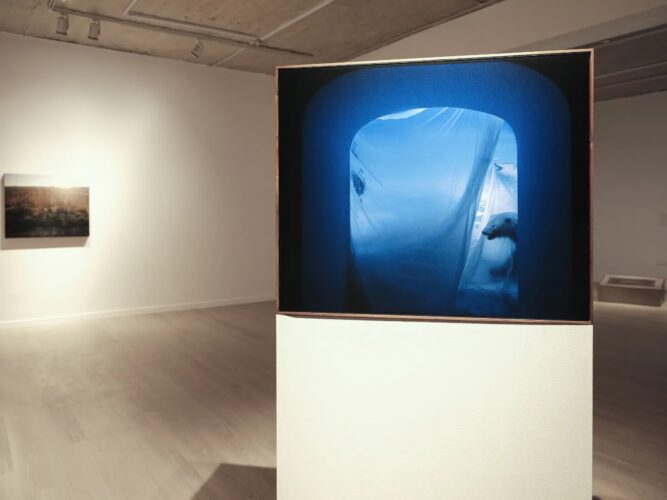
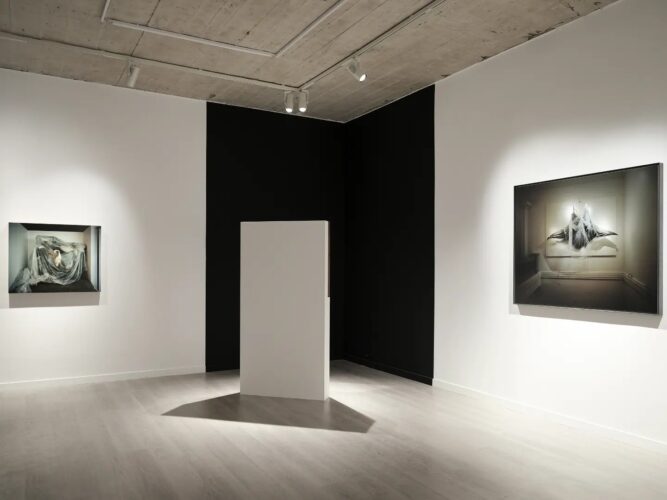
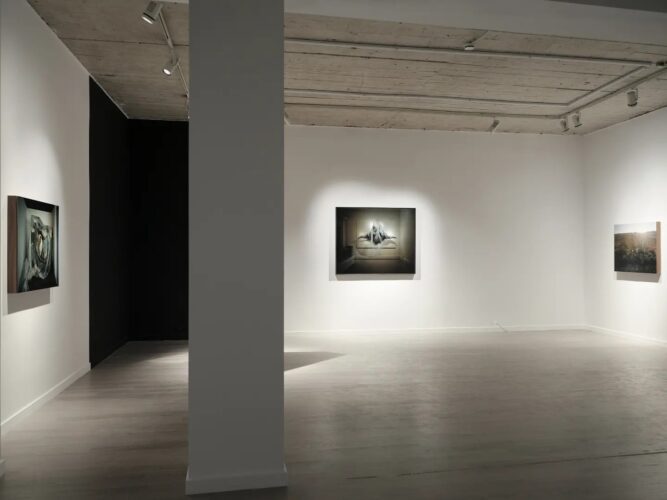
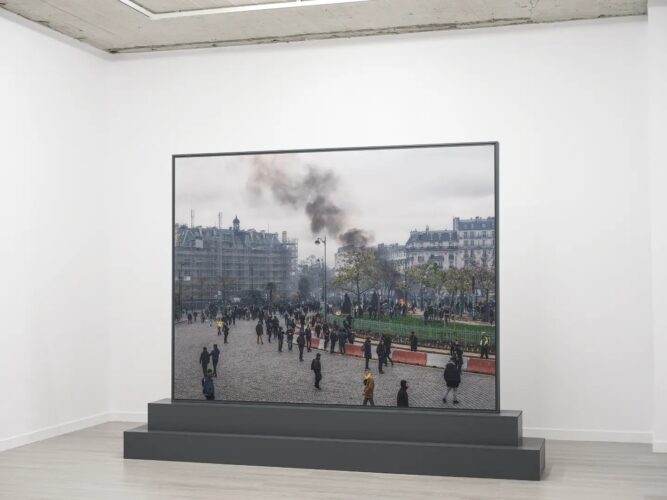
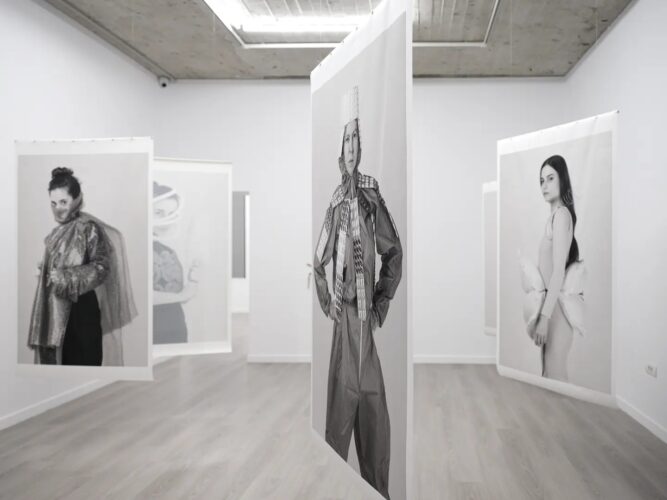
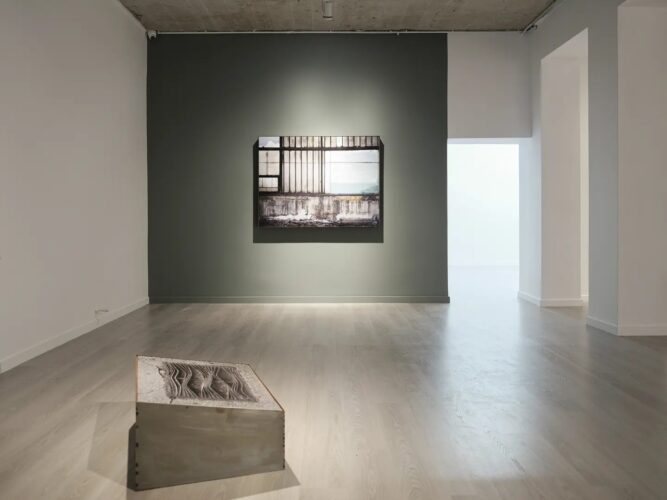
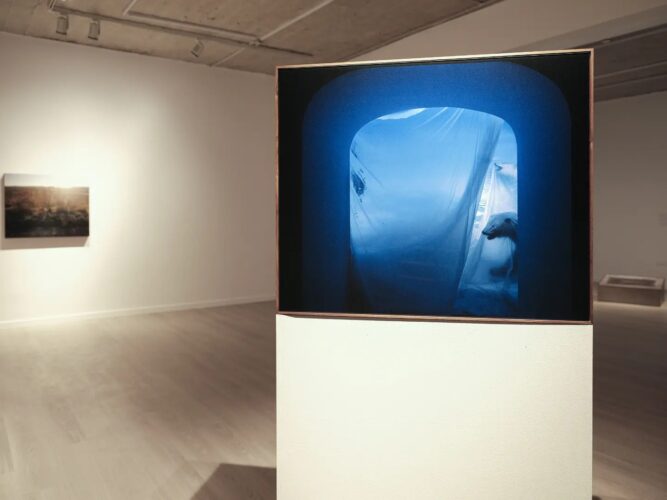
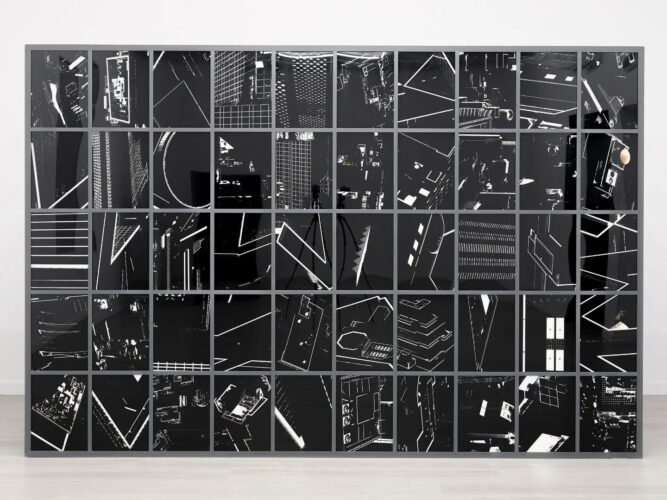
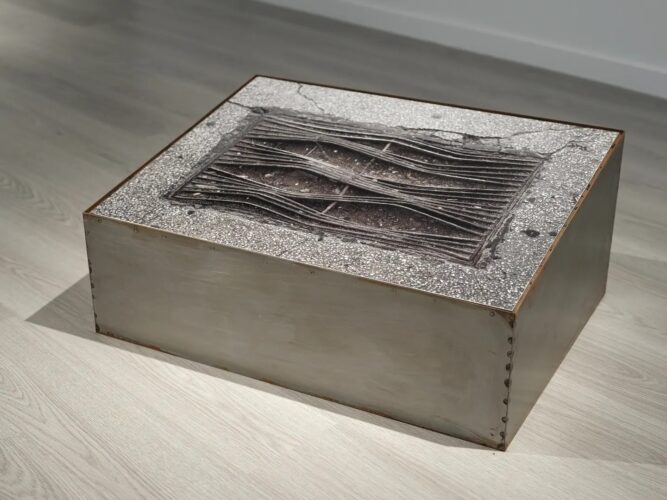
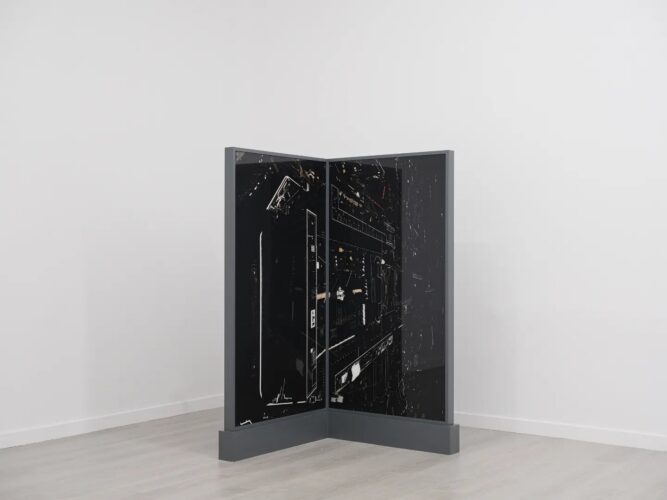
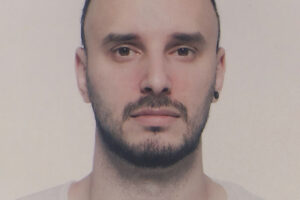
Comments are closed here.